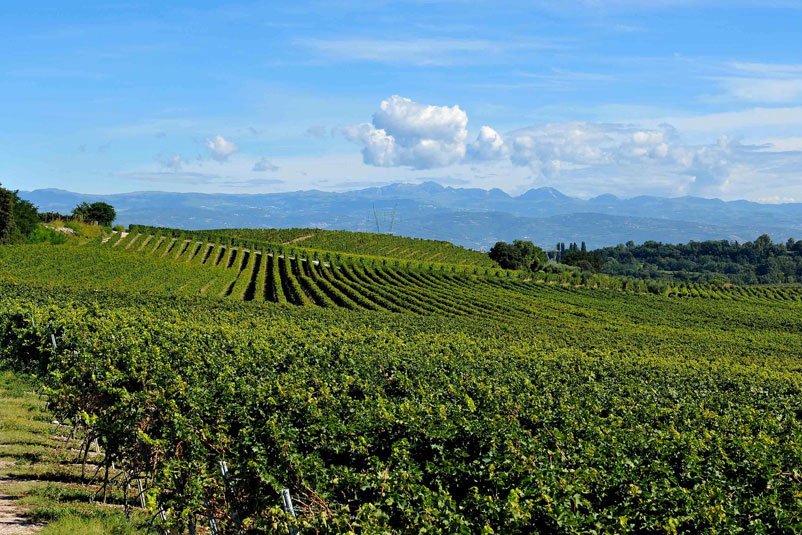

The Winery was founded on 23 August 1933 , when six local gentlemen joined in a cooperative to defend the territory from speculative investments , deciding to reach the consumer directly with the product bottled in full respect of the local winemaking tradition.

1936 was 'The Baptism of Amarone'
"This is not an Amaro, but an Amarone!", From this exclamation pronounced in 1936 by the President of the winery, Gaetano Dall'Ora, after tasting a Recioto wine accidentally left to ferment for a long time, the name of the symbolic wine of Valpolicella was born current. In 1948, The Cantina Sociale Valpolicella moves to San Vito di Negrar and merges with the Cantina Produttori della Valpolicella.In 1957 Cantina Valpolicella Negrar was refounded with 80 members, in Negrar, in its current location.
Over the years, their awards and accolads grew, in 2004 The Recioto Vigneti di Moron, vintage 2001, is the first Recioto from a cooperative winery to win the coveted 3 Bicchieri award from the Gambero Rosso Italian Wine Guide.

In 2013, This time it is Amarone Villa 2005, from the ESPRESSIONI Collection, the new and significant territorial enhancement project conceived by Cantina Valpolicella Negrar to be awarded.

Since 1933, the history of Cantina Valpolicella Negrar has been the history of men and women dedicated to the creation of quality wines, a sincere and lively expression of the territory where they cultivate over 700 hectares of vineyards. They have always been committed to constant research with institutes and universities, in the adoption of new technologies for the best product quality combined with very strong craftsmanship. All the work in the vineyard is carried out manually, respecting the environment and biodiversity, to maintain the winemaking traditions of the Valpolicella Classica and with a strong involvement in projects with social as well as cooperative purposes.
Sustainable viticulture is a must: combining the need for economically profitable production with respect for the environment is proof of high professionalism and a guarantee for the consumer. Only thanks to the in-depth study of the biology, ecology and environment in which their winegrowers operate can they adopt good practices for the management of the morphology of the soil, the cultivation of the first layer of soil, the coexistence of thousands of plants close on the same surface and, finally, the defense systems against parasites with the least impact on the environment, towards operators and towards consumers.




















































